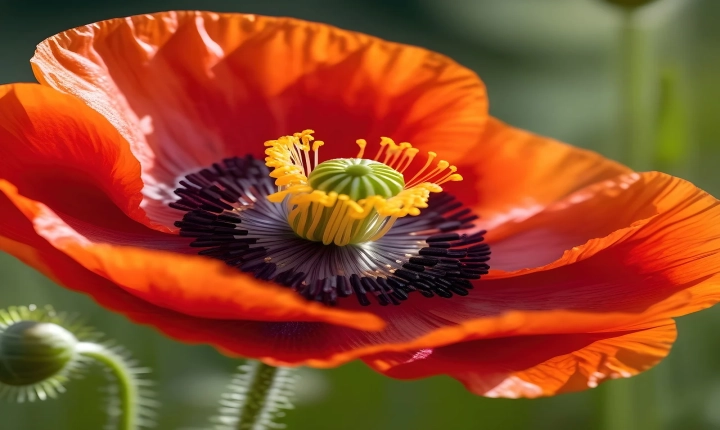Is AI Art a Fad?
In recent years, the world has seen a proliferation of artworks created using artificial intelligence. From paintings and music compositions to sculpture and poetry, AI has been increasingly used as a tool by artists and creators. This has led to a debate within the art world about whether AI art is a passing fad or a legitimate form of artistic expression.
Artificial intelligence has undeniably transformed the way art is created. Machine learning algorithms can analyze patterns and generate new forms of art that were previously unattainable. This has raised questions about the role of the artist in the creative process, as well as the boundaries between human and machine creativity.
Critics argue that AI art lacks the depth and emotional resonance of human-created art. They claim that artworks generated by algorithms lack the personal experiences and emotions that are inherent in traditional art. Additionally, they argue that AI art can be seen as a cheap gimmick used to attract attention, rather than a genuine form of expression.
On the other hand, supporters of AI art argue that technology has always been a driving force behind artistic innovation. They point to past revolutions in art, such as the invention of the camera, which initially faced similar skepticism but eventually became an integral part of the artistic landscape. They also argue that AI can expand the possibilities of creativity by pushing the boundaries of what is considered art.
One of the most prominent examples of AI art is the portrait “Edmond de Belamy,” created by the Paris-based art collective Obvious. The painting was generated using a machine learning algorithm and sold at auction for $432,500 in 2018, sparking further debate about the validity of AI-generated art in the art market.
Another example is the music album “Hello World” composed by AI. The album was created by the AI program “Amper Music” and received mixed reviews from critics, with some praising the innovative approach and others questioning the emotional depth of the music.
The debate about AI art raises critical questions about the nature of creativity, authorship, and the future of art. While some argue that AI art is a temporary trend that will fade away, others see it as a natural evolution of artistic expression that will continue to evolve and challenge traditional notions of creativity.
Ultimately, whether AI art is a passing fad or a permanent addition to the art world remains to be seen. As technology continues to advance, it is likely that AI will play an increasingly significant role in shaping the future of art. However, the fundamental question of whether AI art can evoke the same emotional response and artistic depth as human-created art will continue to be a subject of debate and exploration for years to come.
